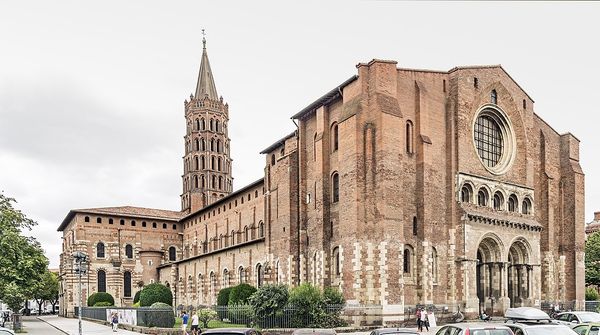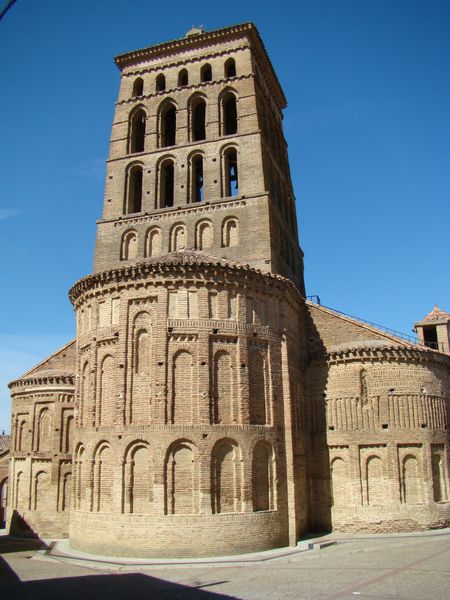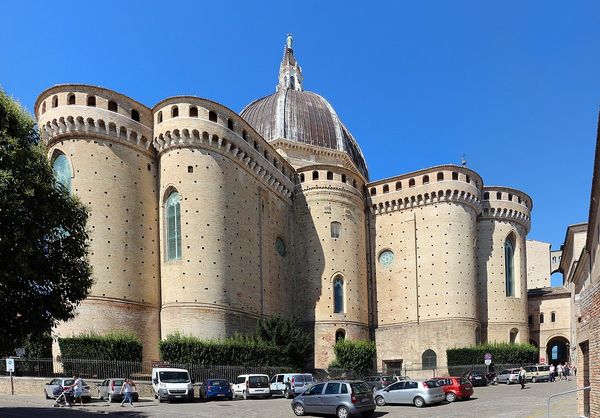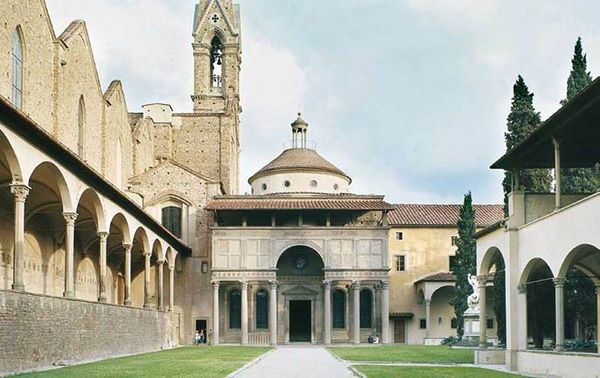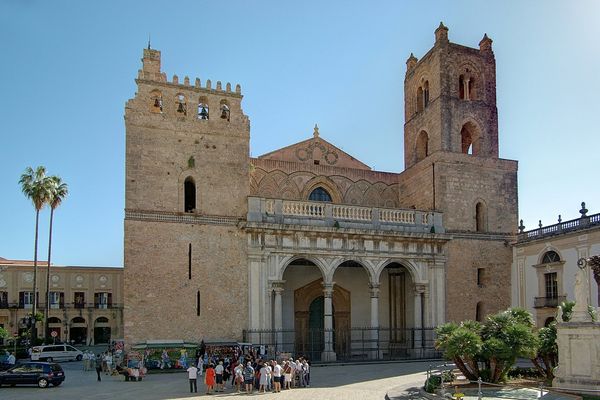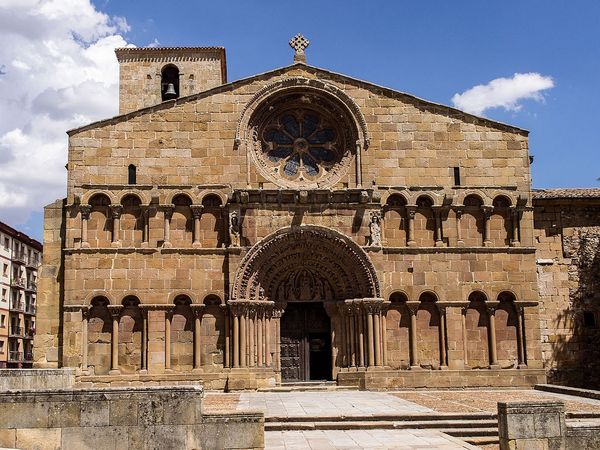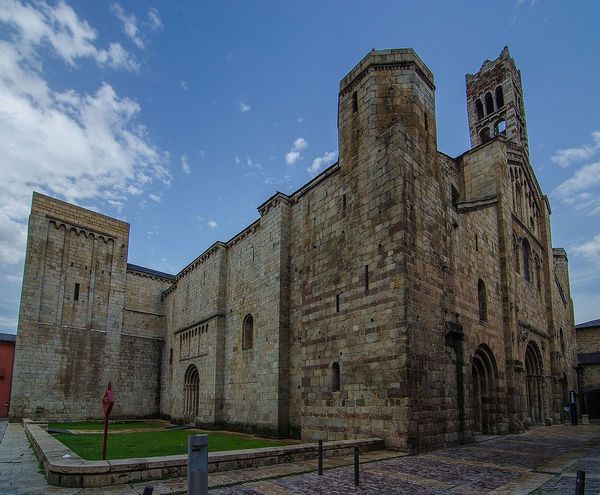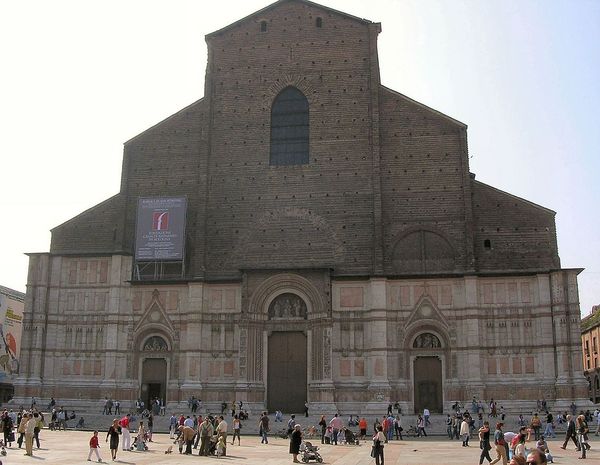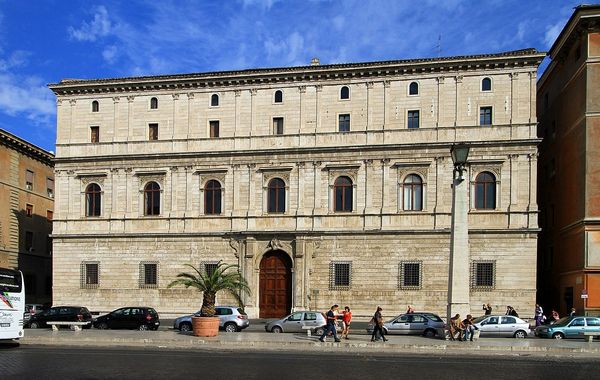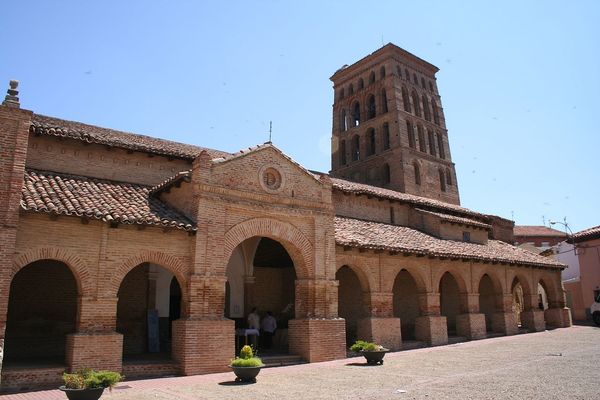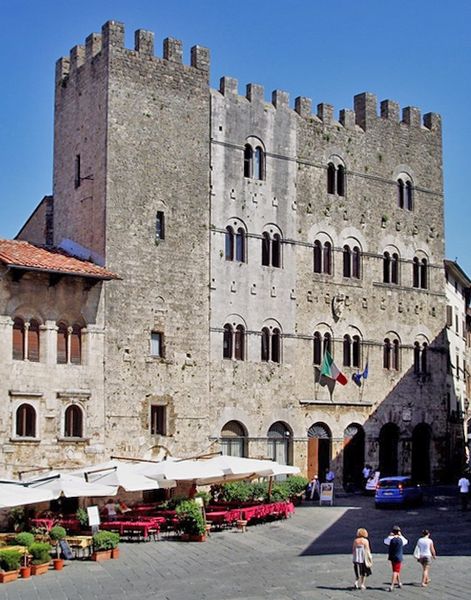
carving, architecture
#
carving
#
landscape
#
romanesque
#
arch
#
cityscape
#
architecture
Copyright: Public domain
The Parma Cathedral, in Italy, is an example of Romanesque architecture from around 1000 to 1250 AD. Architectural wonders like this were not just about a place to worship; they were statements of power, community, and a deeply held faith in a world that was often harsh and uncertain. Consider the sheer scale of the cathedral and the resources required to construct it, reflecting the economic strength and social organization of the time. Who had the power to decide its design and construction? How did local identities and traditions influence its form? For those who lived in its shadow, the cathedral would have been a constant reminder of the spiritual and earthly powers that shaped their lives. It served as a refuge and a place of hope. Think about the daily lives of the people who lived in the city during that time, and imagine what this building may have represented to them.
Comments
No comments
Be the first to comment and join the conversation on the ultimate creative platform.


